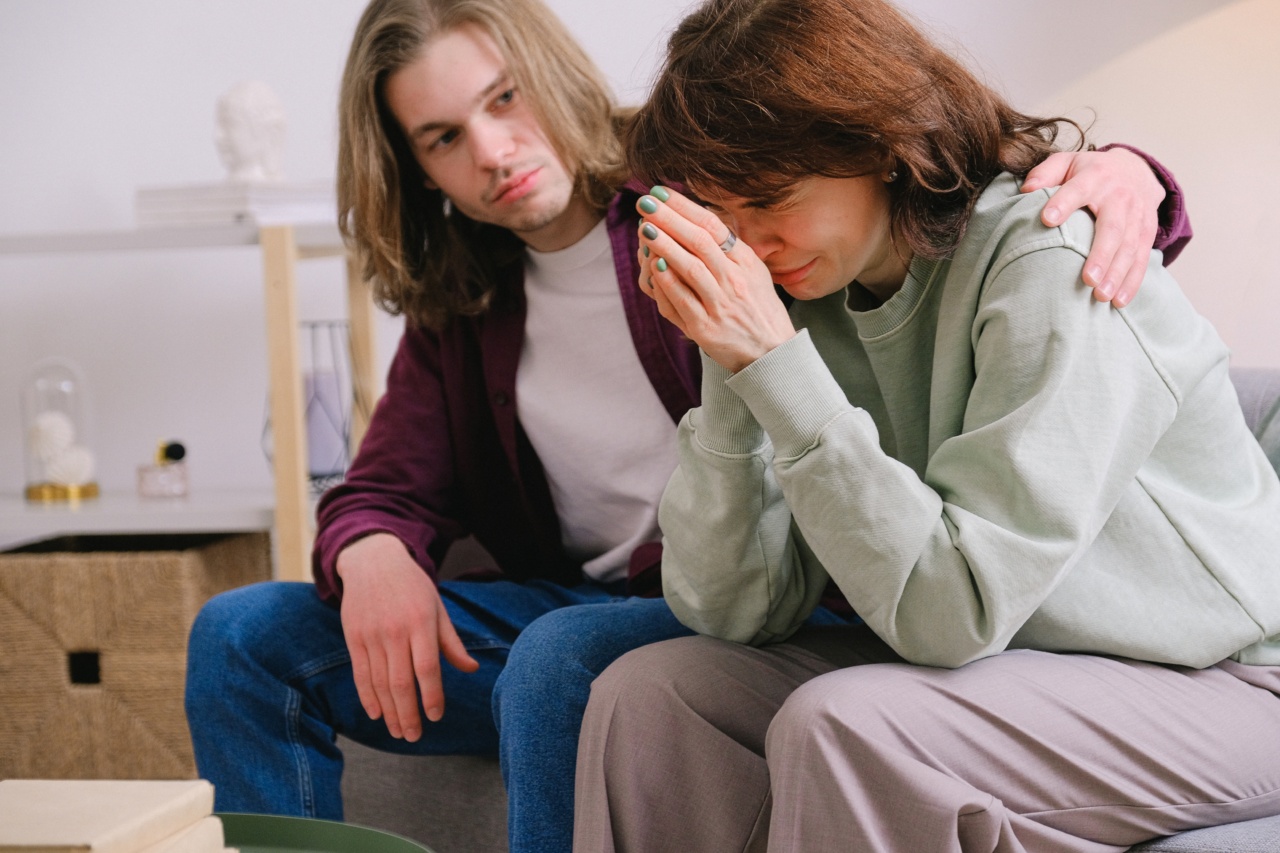It is a commonly held belief that women tend to cry more than men. This thought has been perpetuated in popular culture, with movies, TV shows, and books portraying female characters as more emotional and prone to tears.
But is there any truth to this notion?.
Biological Differences
One possible explanation for why women cry more than men is biological differences. Research has shown that women have more tear ducts than men, which means they are physically able to produce more tears.
Additionally, women tend to have smaller tear ducts, so their tears may overflow more easily than men’s tears.
Another biological difference that could play a role in women’s tendency to cry more is the presence of hormones. The hormone prolactin, which is involved in lactation and childbirth, also plays a role in emotions.
Women have higher levels of prolactin than men, which could make them more emotional and trigger tears more easily.
Socialization
Another possible explanation for why women cry more than men is socialization. From a young age, girls are often taught that it is more acceptable for them to express their emotions and cry.
Boys, on the other hand, are often taught to be more stoic and hide their emotions, including tears. This can create a societal expectation that women should cry more often than men and that men should avoid crying altogether.
Additionally, societal stereotypes about gender roles can lead women to experience more negative emotions, such as sadness, anxiety, and stress. These emotions may trigger tears and contribute to the perception that women cry more than men.
Cultural Differences
The tendency for women to cry more than men may also be influenced by cultural differences. Research has shown that some cultures value emotional expression more than others.
For example, in some Latin American cultures, it is common for both men and women to express their emotions openly and cry in public. In contrast, in some Asian cultures, emotional expression is more reserved and stoicism is valued.
These cultural differences can contribute to different expectations about crying and emotions in general. In cultures that value emotional expression more highly, women may feel more comfortable crying and expressing their emotions than men.
The Function of Tears
It is important to remember that tears have a function beyond expressing emotion. Tears are produced by the lacrimal gland and serve to lubricate and protect the eyes.
Tears also contain antibodies and other substances that help fight off infections and keep the eyes healthy.
Crying can also have a cathartic effect, allowing individuals to release emotions and feel better afterward. Some research has even suggested that tears can act as a form of social glue, helping to foster social bonds between individuals.
The Bottom Line
In conclusion, there are a variety of factors that may contribute to the perception that women cry more than men.
Biological differences in tear production and hormonal levels, socialization and gender roles, cultural values, and the function of tears all play a role. However, it is important to remember that crying is a natural and healthy expression of emotion, regardless of gender or societal expectations.



























